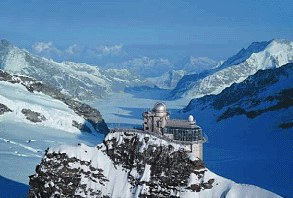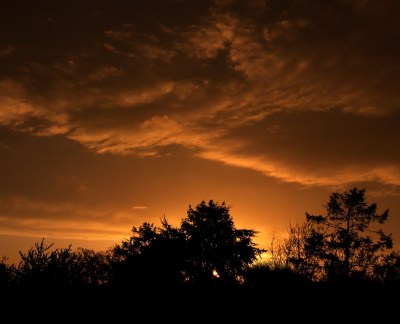The ozone hole over Antarctica has become rather infamous since its discovery in the early 1980s but research reported to a meeting of the European Geophysical Union in Vienna on 25th April shows that large-scale ozone losses occurred above the Arctic during the winter of . They say that more than half the ozone has been destroyed at altitudes around 18 km.
Members of the Cambridge-coordinated EU SCOUT-O3 Integrated Project have been studying the links between stratospheric ozone and climate change in the Arctic since May 2004 and found that overall temperatures in the ozone layer above this region were the lowest for fifty years from late November 2004 to late February 2005. Moreover, they observed large areas of polar stratospheric clouds (PSCs) within the ozone layer itself at altitudes between 14 and 26 km; these are the largest seen in the same fifty-year records. However, during the last twenty years as the quantities of ozone-depleting compounds, such as chlorofluorocarbons (CFCs), entering the atmosphere has risen PSCs have been especially prominent.

Neil Harris
PSCs play a crucial role in balancing stratospheric chemistry, significant changes alter the breakdown products of CFCs triggering rapid ozone destruction in sunlight. The unprecedented cold exacerbates the problem by affecting the distribution of nitrogen oxides, which in turn lead to an unusual prolonging of ozone loss. Our aim is to improve the predictions of future ozone and other stratospheric changes as well as the associated UV and climate impact, adds Neil Harris from the University of Cambridge, one of the coordinators of the project.
Overall about 30% of the ozone layer was destroyed, explains team member Markus Rex from the Alfred Wegener Institute in Potsdam, Germany, This largely prevented the normal seasonal increase of the thickness of the ozone layer during winter and led to a thinner ozone layer in Arctic spring compared to warmer years.

Markus Rex
The overall degree of ozone loss this year was of similar magnitude to the record loss that was observed in the Arctic during winter 1999/2000. During late March the Arctic air masses drifted over central Europe and contributed to individual days of significantly increased UV-B radiation and sunburn risk in parts of Europe. The affected region reached as far south as northern Italy.

Ozone monitoring station
The variability in ozone loss above the Arctic each year contrasts sharply with the Antarctic where nearly complete ozone loss has taken place in all except one winter since the late 1980s at altitudes between about 15 and 20 km. Ozone-depleting substances are now banned worldwide. However, special dispensation was given to the developing world under the Montreal Protocol so that they had to reduce to 50% their use of CFCs by 1st January 2005, but do not have desist from using them altogether until 2010. Given the rapid growth in the developing world, it is quite likely we will see even greater ozone depletion before then.

Have we nothing to fear but the sky falling on our heads (Photo by David Bradley)

Ozone structure drawn by David Bradley

Ozone molecular surface
Further reading
European Ozone Research Coordinating Unit
http://www.ozone-sec.ch.cam.ac.uk
Markus Rex
http://www.awi.de/People/show?MRex
Neil Harris group page
http://www.cei.group.cam.ac.uk/directory/people/record.html?id=26
Ozone Hole Tour
http://www.atm.ch.cam.ac.uk/tour/index.html
UNEP Ozone Secretariat
http://www.unep.org/ozone/index.asp
World Meteorological Organization
http://www.wmo.int/pages/index_en.html
Montreal Protocol
http://ozone.unep.org/pdfs/Montreal-Protocol2000.pdf
Jonathan Shanklin, discoverer of the Antarctic ozone hole
http://www.theozonehole.com/jonathanshanklin.htm
Suggested searches
polar stratospheric clouds
ozone
atmospheric chemistry
climate change